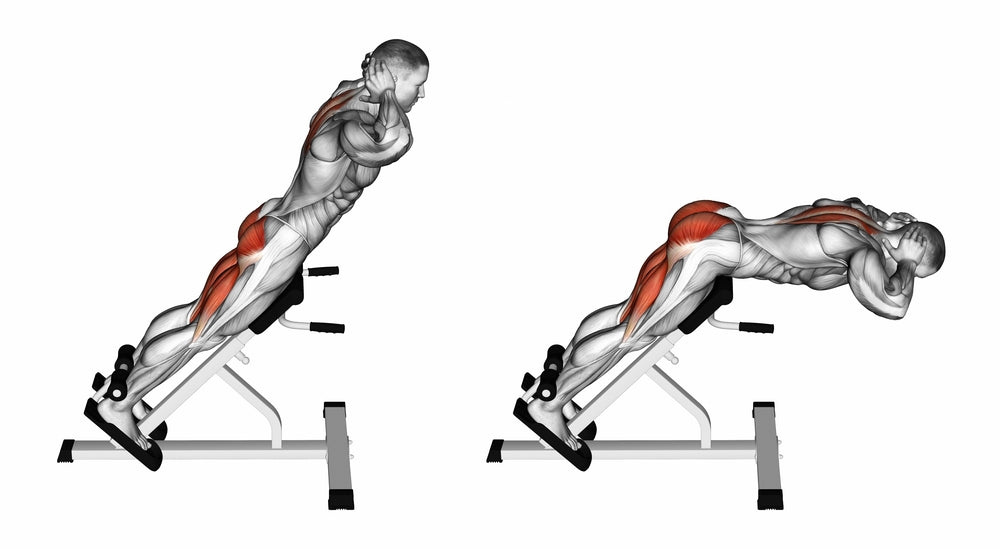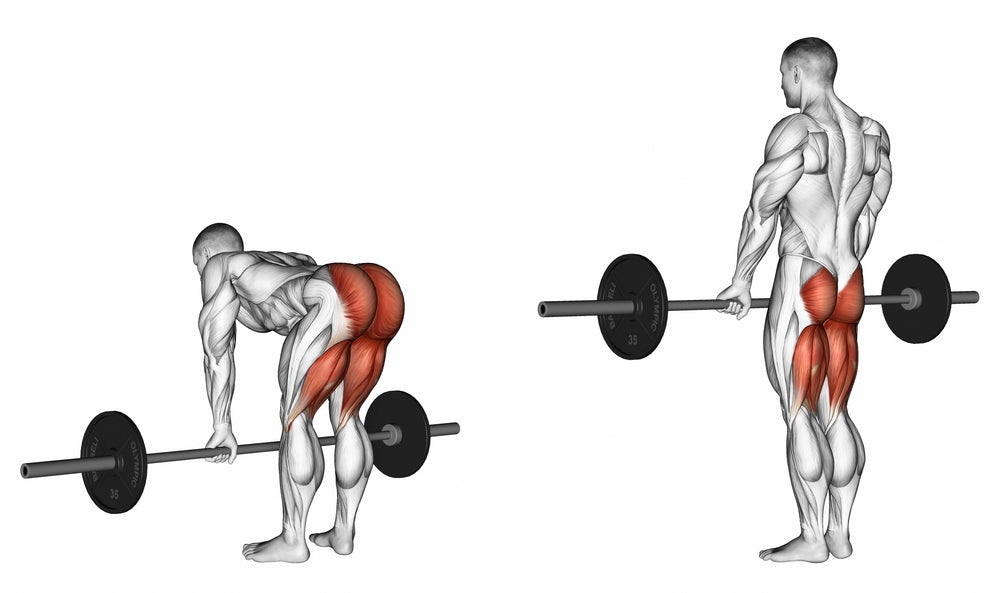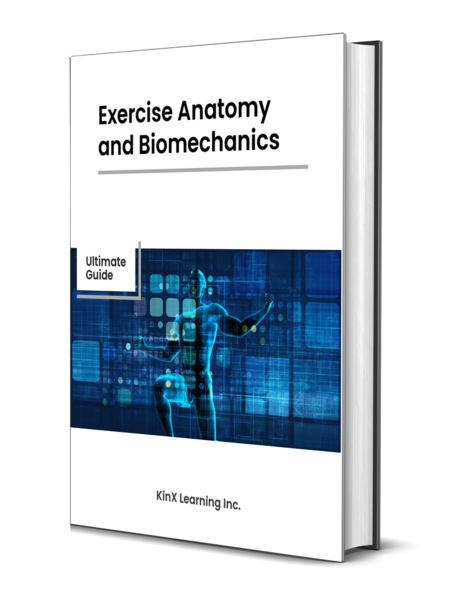Exercise Anatomy
Back Raise
The Back Raise is a valuable exercise for strengthening the lower back muscles and improving overall core stability. It uniquely targets the posterior chain, including the erector spinae muscles, promoting better posture and reducing the risk of lower back injuries. Incorporating Back Raises into your routine can enhance your functional strength, making everyday movements more efficient and helping you achieve a strong and resilient lower back.

Major Muscles and Actions Involved
During the Back Raise exercise, the primary joint action is hip extension, where the hip joint moves from a flexed to an extended position. This movement engages the muscles of the lower back, particularly the erector spinae, as well as the glutes (gluteus maximus) and hamstrings. The controlled lifting and lowering of the torso activate these muscles, contributing to improved lower back strength and stability.

Sports Uses
The Back Raise exercise directly benefits athletes engaged in various sports activities that require lower back strength, core stability, and hip extension. Athletes participating in weightlifting find this exercise beneficial for enhancing the power and stability required in movements like the clean and snatch. Additionally, individuals involved in track and field, particularly in events such as discus or shot put, can benefit from the improved hip extension and lower back strength gained through Back Raises, aiding in explosive movements. Furthermore, athletes in sports like football, soccer, and basketball can find value in this exercise for better overall core stability, reducing the risk of lower back injuries during dynamic and twisting motions. Integrating Back Raises into training regimens can contribute to improved athletic performance across a spectrum of activities that demand lower body power and stability.
Exercise Tips
- Technique Precision: Maintain a neutral spine throughout the movement, avoiding excessive arching or rounding. Focus on hinging at the hips while keeping your back straight.
- Full Range of Motion: Achieve a complete range of motion by lowering your torso until it is parallel to the ground and then lifting it back up. This ensures effective engagement of the targeted muscles.
- Appropriate Weight Selection: Start with a light to moderate weight, emphasizing proper form. Gradually increase the resistance as your strength improves, but always prioritize control over heavier weights.
- Hand Placement and Grip: Place your hands either crossed over your chest or behind your head to avoid unnecessary strain on the neck. Maintain a comfortable grip without excessive tension.
- Variations for Targeting Muscles: Experiment with different variations, such as hyperextensions or using a hyperextension bench, to alter the emphasis on lower back, glutes, or hamstrings. This adds diversity to your workout routine.
- Engage the Lower Back: Focus on contracting the muscles of the lower back as you lift your torso, ensuring maximum activation of the erector spinae.
- Breathing Technique: Inhale as you lower your torso and exhale as you raise it. Maintain a controlled breathing pattern to support stability and muscle engagement throughout the exercise.

Subheading
Want to Learn More?
Try our premium ebook, Exercise Anatomy and Biomechanics: Ultimate Guide.
Satisfaction guaranteed.
